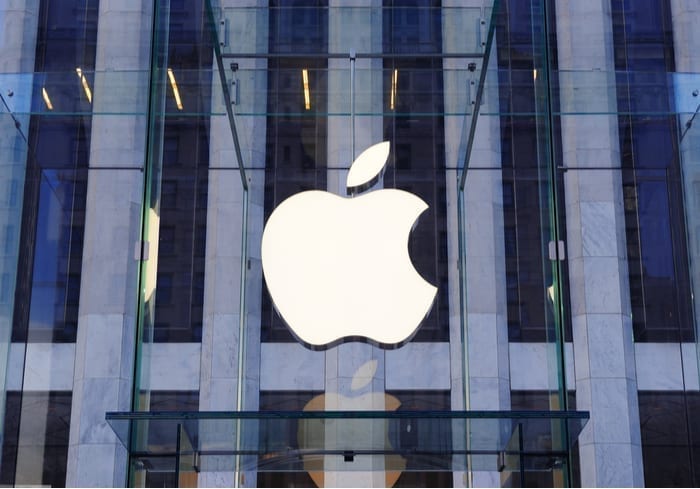
There are signs that Apple might be set to reveal its newest iPhone next month.
According to CNBC, Apple released its newest iOS 13 beta to developers on Thursday (Aug. 15), and it included an asset called “HoldForRelease” that showed a home screen of an iPhone with the date set to Sept. 10. That is around the time the tech giant usually holds its fall press event.
The iPhone 11 isn’t expected to be that different from previous models. In fact, Barclays semiconductor analysts predicted in May that Apple’s 2019 iPhones will offer “relatively few design changes,” with J.P. Morgan Chase analysts agreeing that major updates would happen in 2020.
“Our expectations include all three Sep-2020 iPhones (5.4″/6.1″/6.7″ screen sizes) will adopt OLED displays and 5G baseband modems (with support for mmWave frequencies), and at least two of the three models adopting world facing 3D Sensing (Time of Flight) driving industry leading AR/VR capabilities which can be leveraged by custom built applications (including games),” analyst Samik Chatterjee wrote.
The announcement would come after the Trump administration revealed that the iPhone would not be subjected to new Chinese tariffs set to go into effect on Sept. 1. Instead, the tariffs have been pushed back to December.
An Apple spokesperson was not immediately available to comment.
Apple’s last iPhone offering was a disappointment in sales, but the company is seeing a great deal of growth in the wearables market. Recent data revealed that the North American wearables market hit $2 billion in the second quarter of 2019, led by Apple and Samsung, which had 32 percent and 121 percent growth, respectively, at 2.9 million and 800,000 units.
And while North America falls into second place in the wearables market in terms of units shipped (behind China), it is still the most valuable. In fact, in Q2 2019, more than 60 percent of Apple’s 4.7 million global watch shipments were into North America.